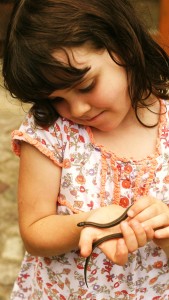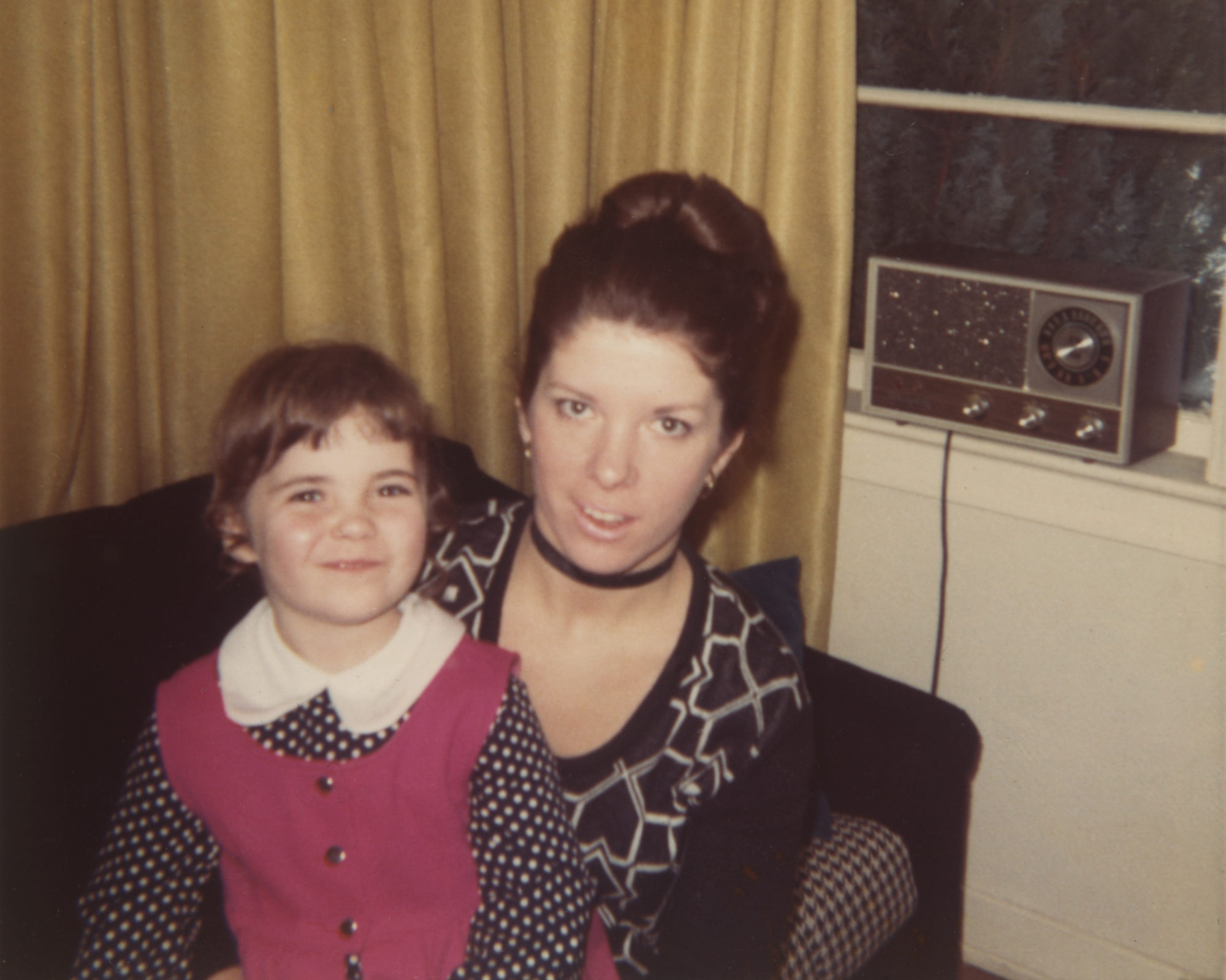I watched an Open Cinema presentation of the documentary, Play Again, which will be screened again in Sooke. Since viewing it and listening to the conversation that took place afterwards between the audience, the invited speakers, and the twitterverse (as the conversation was live-streamed) I’ve been reflecting on our children’s relationship to the natural world.

What is this notion we have of “nature” and what defines it? That is, what makes one place “nature” and another not? Where is the dividing line? Also, why is it that some children seem so drawn to playing out of doors or exploring while others are made uncomfortable by the thought of it? Why is it that some adults find spending time in nature important to their well-being, whatever the activity, kayaking, walking, camping, fishing, birding, or beach-combing while others see the natural world as just plain dirty, uncomfortable, and threatening?
It’s brought to mind the myriad of experiences I’ve had around this topic having lived remotely for twelve years, and having continued to spend a fair amount of time in that island home since moving to Victoria six years ago. I recall one visitor we had at our place in the woods who was unable to stop pacing the floor after hearing wolves, however much we reassured him that they had no interest in us, and however much we reminded him that we were safe inside. There was the conversation on the cabin deck that I had with a neighbor and her new friend about religion. We were two Christians and an atheist: the one thing we could agree on as we sat under towering Spruce trees was the healing power of nature. There were the people who so hated having to go outside to use an outhouse when put up at our guest cabin that they refused to visit again. There were parents who couldn’t quite see the value in their children running freely; the experience seeming bereft of learning any obvious skill sets all they could muster up as a response was to cringe at how dirty the children got while playing. And every year there were the others that traveled half-way around the globe to breath our forest air, to be enveloped in the quiet, to be beyond the scope of society and the eyes and ears of others, to be able to look deeper, to write, or to meditate.
So, where is nature and why are some people afraid of it while others cherish it? And why should any of that matter?
I keep coming back to something I said in the conversation at the screening that night, nature isn’t out there, it’s right here. But is it? I show my daughter the inside of an acorn that I’ve picked up off the sidewalk on our way to school; I tell her that this is the seed from which mighty oak trees grow. I tell her the story of how south of here there are great forests of them and that indigenous people used them for food for many generations. I explain to her how they were cooked, the process of cooking and cooking again. She nods and puts another in her pocket to play with later. As she runs across the neighbor’s lawns I don’t stop her; no one seems to mind. If I confine her to walking on the sidewalk, her head droops, her shoulders slump. In other seasons she’ll chat at length about the flowers set about the houses and she asks a lot of questions about the changes in the vegetable gardens planted on the verge. She plucks and eats the kale and raspberries from our own small plot, and climbs the two trees we have, a heritage apple and an ornamental we don’t know the name of. At the school playground there is a section left less manicured than the rest where the ground is uneven and there are many rocks to climb and huge trees to play beneath. These experiences add to her understanding of the world and engage her physically. I can see that this contributes to her confidence and well-being, but is this outside-time in an urban environment, however well designed with her in mind, nature?
There is an area of early childhood development that suggests that a child’s environment is the third teacher (the first being parents, the second, caregivers). And it is for this reason that this philosophy (Reggio Emilia) focuses on creating an environment that encourages children’s creativity and curiosity by doing such things as providing space for an (adult) artist to work among the children or arranging creative supplies, and then finished work, in a way that inspires. The philosophy also embraces the notion of a natural playground like the one my daughter plays in. But if environment is the third teacher, what else are our children learning when they play in such settings?
When I’ve traveled I’ve often been shocked by the over running of nature in the places where people live. Even a cobbled street, as lovely as it is, leaves no room for trees and other living things to grow. To be sure this is the point of such roadways. And the walls, that come right up to the street in many areas of the world, serve the same purpose. Any bit of nature left to struggle for life in the pots of inner courtyards and balconies. Besides vegetation, such walls also have the effect of keeping out children, stray animals, and the desperate. As our world seems to teeter on an ecological and financial precipice I wonder how long it might be before we too fall to the building of such architecture, to preserve ourselves (the ones who can afford to build walls), however feebly.
The gardens and trees of our neighborhood sustain us. The cherry trees when they blossom are documented and commented upon at length every year. Locals and visitors alike make a point of saying how much they cherish the neighborhood’s gardens. The green spaces allow us all to experience the changes of the seasons beyond just the weather. The vegetation keeps our air cleaner than it would be without it, so close to the inner city as we are. People here linger on lawns and porches. The birds and squirrels inhabit the trees and run or hop to the ground. This is life, the web we are a part of, however controlled in this element, however shaped by our human hands. And if this is the third teacher, this is what our children learn: nature, however much our friend, is a controlled element, surely not as conquered as the cemented and walled streets of so many other places in the world, where the natural world is but a memory, but controlled nonetheless.
And surely, it is from such controlled environments that people emerge who are afraid to leave it, who are afraid to walk where there is no path, who are afraid to go where all you can see at night are the stars and the moon, if you’re lucky, people who are afraid to linger where it is quiet, who are unable to remember our place within the tapestry that is greater than our own making. It is this other nature, the place we haven’t tamed yet, that is the teacher we need our children to be exposed to. The lessons there cannot be replicated in any classroom, however progressive, any playground, however dynamic, or any urban or suburban park, however wild. It is only in an environment that exists beyond our making that we can learn our place. And perhaps, being the ravenous and rapacious species that we are, this is the most important lesson for us to have. This is a difficult thing to teach an adult; children, however, exposed early enough, welcome this truth, and find comfort and strength in it.
